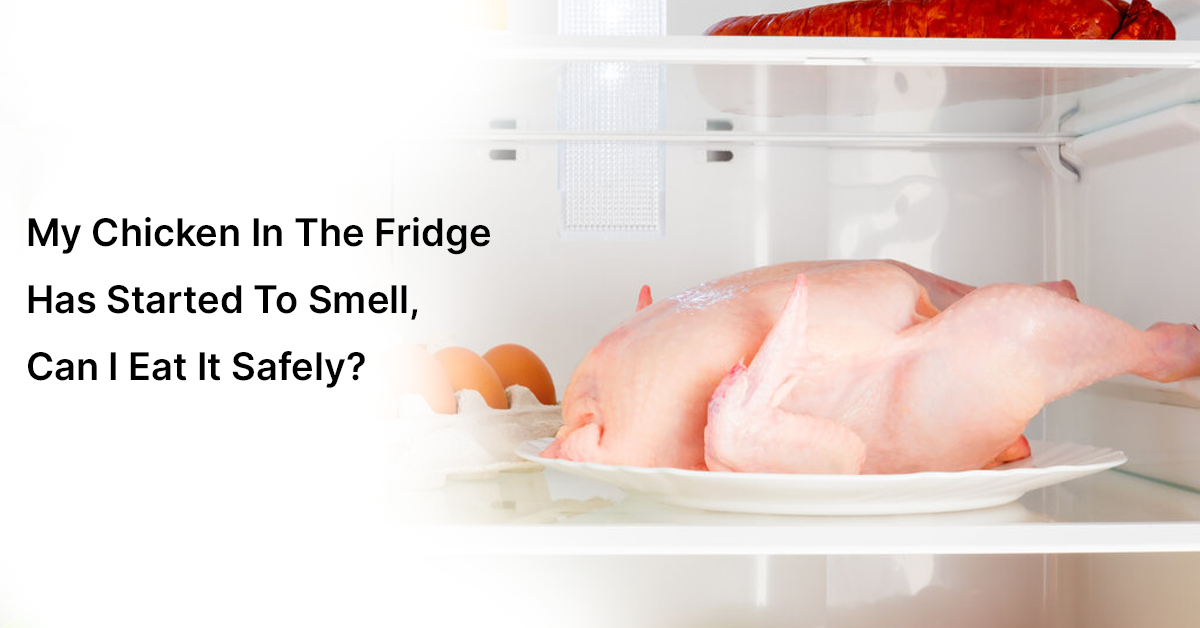Chicken is a popular lean meat choice known for its high-quality protein content. However, Assessing Chicken Freshness can be tricky. In this guide, we’ll delve into methods for evaluating chicken’s quality using your senses, discuss the significance of chicken color, and explore potential health risks linked to spoiled chicken. We’ll also provide insights on prolonging its shelf life.
Assessing Chicken Freshness: Sight, Touch, and Smell
To accurately assess the freshness of chicken, rely on your senses:
1. Smell: Begin by smelling the chicken. If it emits a strong, unpleasant odor, it’s likely spoiled and should be discarded. A mild odor may indicate the need for cooking to salvage it.
2. Touch: Fresh chicken should feel elastic, not sticky or tacky. Skinless chicken should be moist, not slimy. Skin-on chicken should be soft and smooth.
3. Sight: Examine the chicken’s appearance. Discoloration, such as a grayish hue, can signal spoilage. If it looks discolored, exercise caution.
Also Read – Can I Eat Medium-Rare Cooked Pork? – Everything You Need To Know!
Chicken Coloring – What Color Indicates Freshness?
Understanding chicken color is essential for gauging freshness:
Pink Skinless Chicken: Fresh chicken typically boasts pink flesh, darkening slightly near the legs. Moistness indicates freshness, while excessive dryness suggests spoilage.
Yellow Whole Chicken: Organic or corn-fed chicken may feature a more yellowish skin. If your whole chicken turns gray, it likely indicates spoilage.
Health Risks Associated with Spoiled Chicken
Consuming spoiled chicken can lead to foodborne illnesses, including:
- Campylobacter bacteria
- Salmonella
- Clostridium perfringens
Proper chicken storage and prompt consumption are vital for avoiding these risks.
Recognizing Specific Odors
Even freshly cooked chicken has a distinct smell. The intensity of the odor can vary based on factors such as the chicken’s age and diet. Strong, intense odors typically indicate spoilage due to bacterial growth.
Packaging and Its Impact on Chicken Shelf Life
Different packaging methods influence the shelf life of chicken
Cling Wrap: Chicken wrapped in cling wrap may emit an initial strong odor upon opening, which is normal. As the chicken airs out, the odor should dissipate. The natural moisture of the chicken can also contribute to the odor.
Vacuum-Packed Chicken: Vacuum packaging may make chicken appear darker, a result of preservation, not spoilage. An initial musty odor may be released when opened, but it should diminish with airing. If the meat remains discolored and emits a strong odor after airing, it may be spoiled.
Butcher’s Paper Chicken: Freshly purchased chicken wrapped in butcher’s paper is typically very fresh and may not have a strong odor. A stronger odor developing over time indicates a decrease in freshness.
Preserving Assessing Chicken Freshness
To extend the shelf life of chicken, consider refrigeration or freezing. Refrigeration slows down bacterial growth, but chicken should be used within a few days. Freezing chicken is possible, but proper preparation is essential to avoid damage. Thaw it in the refrigerator or microwave before cooking.
Also Read – Different Types Of Keto Diet
Conclusion
Assessing Chicken Freshness relies on your senses: sight, touch, and smell. Properly evaluating these factors can help you decide whether to cook or discard the chicken. Understanding chicken color and the risks linked to spoiled chicken is essential for food safety. Lastly, knowing how packaging and preservation methods affect chicken freshness can guide your choices when handling poultry.







This Post Has One Comment
Pingback: Chicken Drumsticks or Chicken Legs: Which Is Better? Know More!